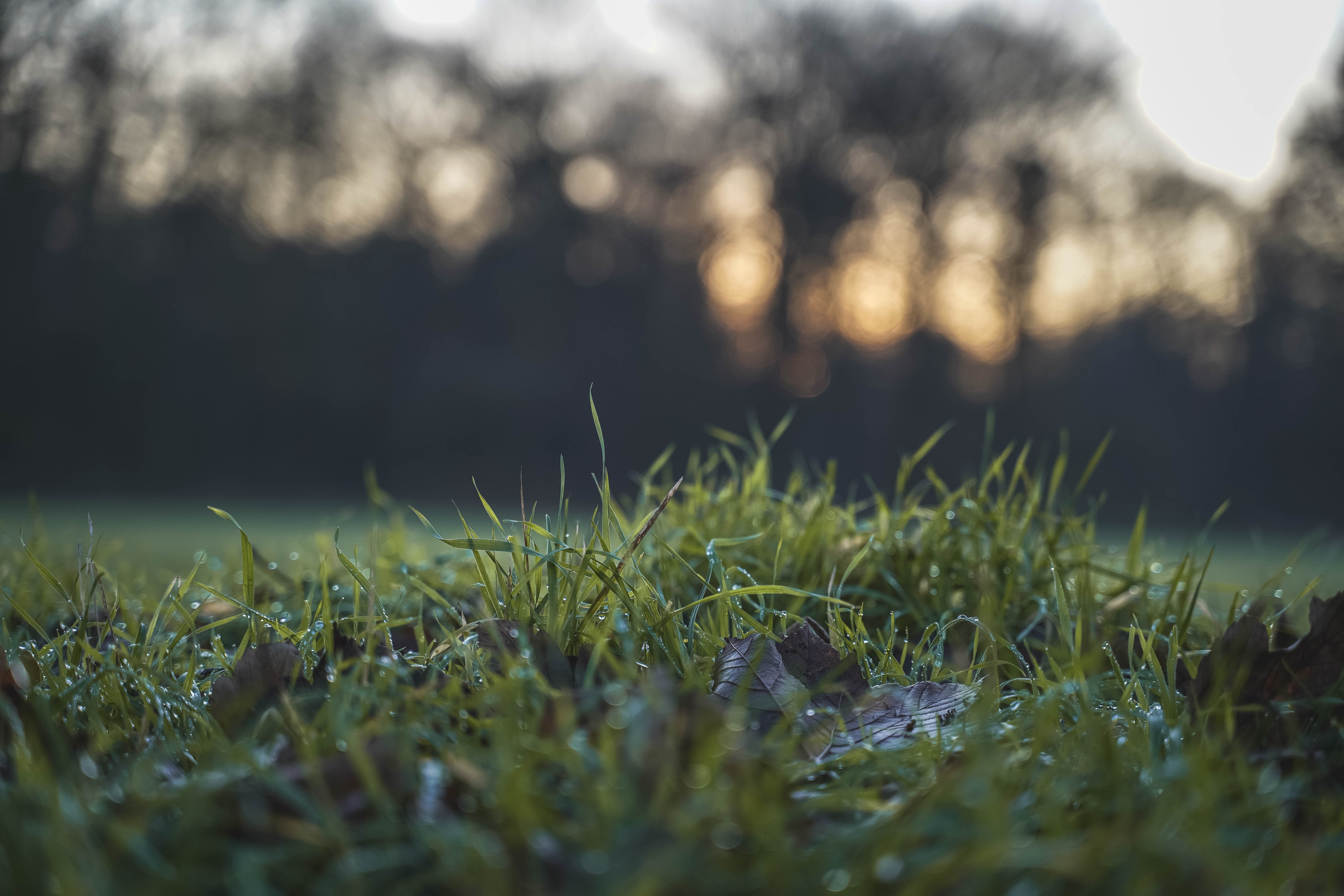 (412) 364-9114
(412) 364-9114

Are you seeking out a solution to prevent your yard from flooding? This blog breaks down French drains and how they work to save your property.
In layman’s terms a French drain is a system that collects excess water and directs it someplace else. Even though French drains are a less open system, they still are quite effective at moving water to areas where it won’t cause damage. The whole system includes a trench, a wide perforated pipe, and gravel. The perforated pipe sits at a slight angle, about 1 to 2 feet down in the trench for optimal drainage. After being placed it is covered by a layer of gravel, then soil so that it isn’t visible.
To clarify, a French drain is usually installed to prevent excess groundwater from causing damage to the surrounding area. An effective drainage system is key to keeping your property and landscape healthy and beautiful. Without proper drainage, building foundations can sustain water damage or soil erosion and pools of standing water can form. For instance, soil erosion can ruin retaining walls and compromise soil quality. Additionally, pools of standing water can cause plant roots to rot, allow mold and fungus to grow, and even become a breeding ground for pests and insects.
As the result of a heavy storm water tends to flow and pool at the lowest point possible. That lowest point is the prime spot to put in a French drain. After the excess surface water pools at the lowest point of your property, it would then flow into the gravel filled trench. The gravel layer serves as a filter that blocks leaves, twigs, dirt and other debris from clogging the drainpipe. After flowing through the gravel layer, the water is collected into a perforated pipe which runs along the areas where water issues are present. Subsequently, the collected water flows through the pipe and drains out in a better location that won’t cause damage to your property.
Struggling with puddles and stagnant water? Call Terry’s Plumbing today at 412-364-9114 or click here to schedule your French drain installation!